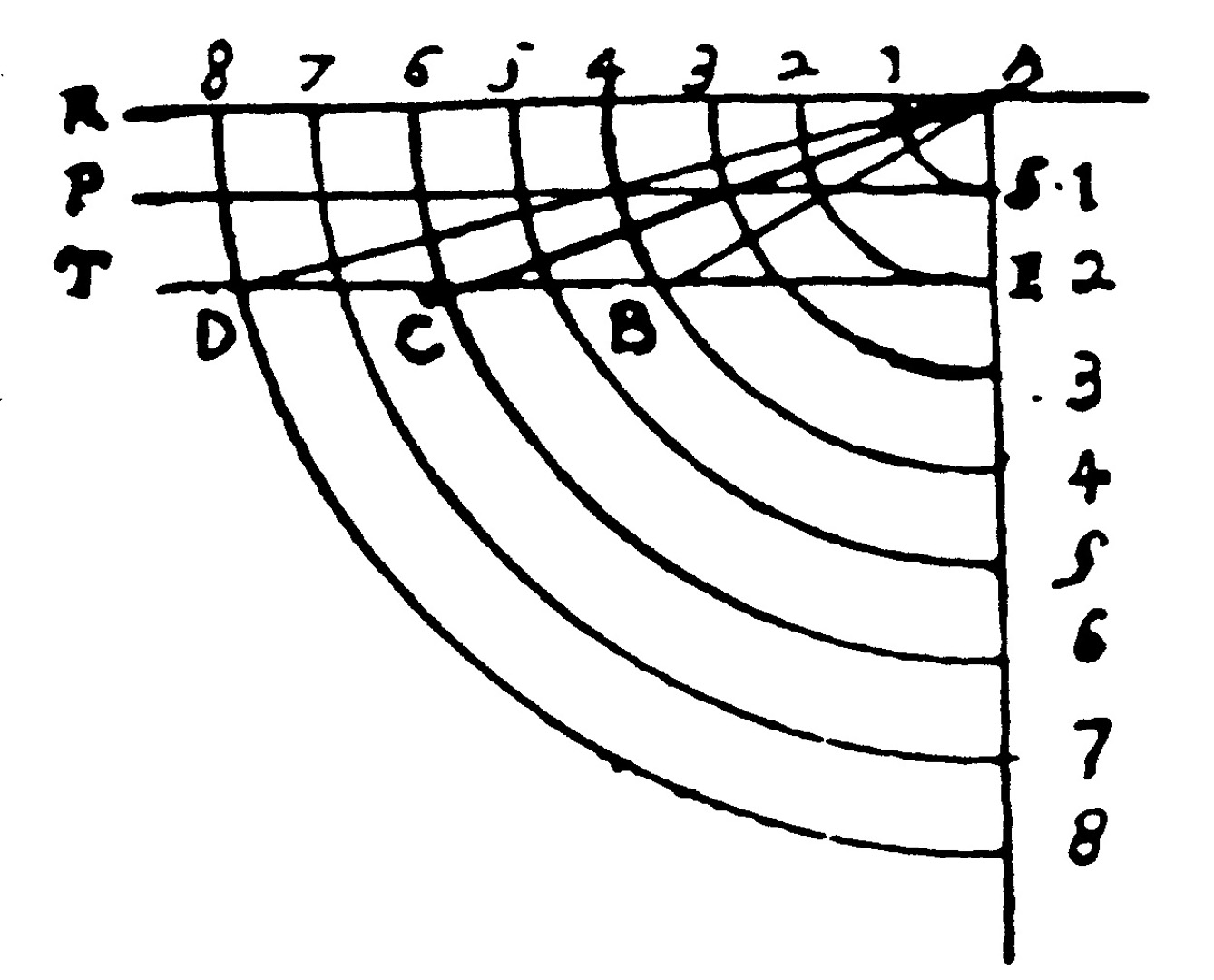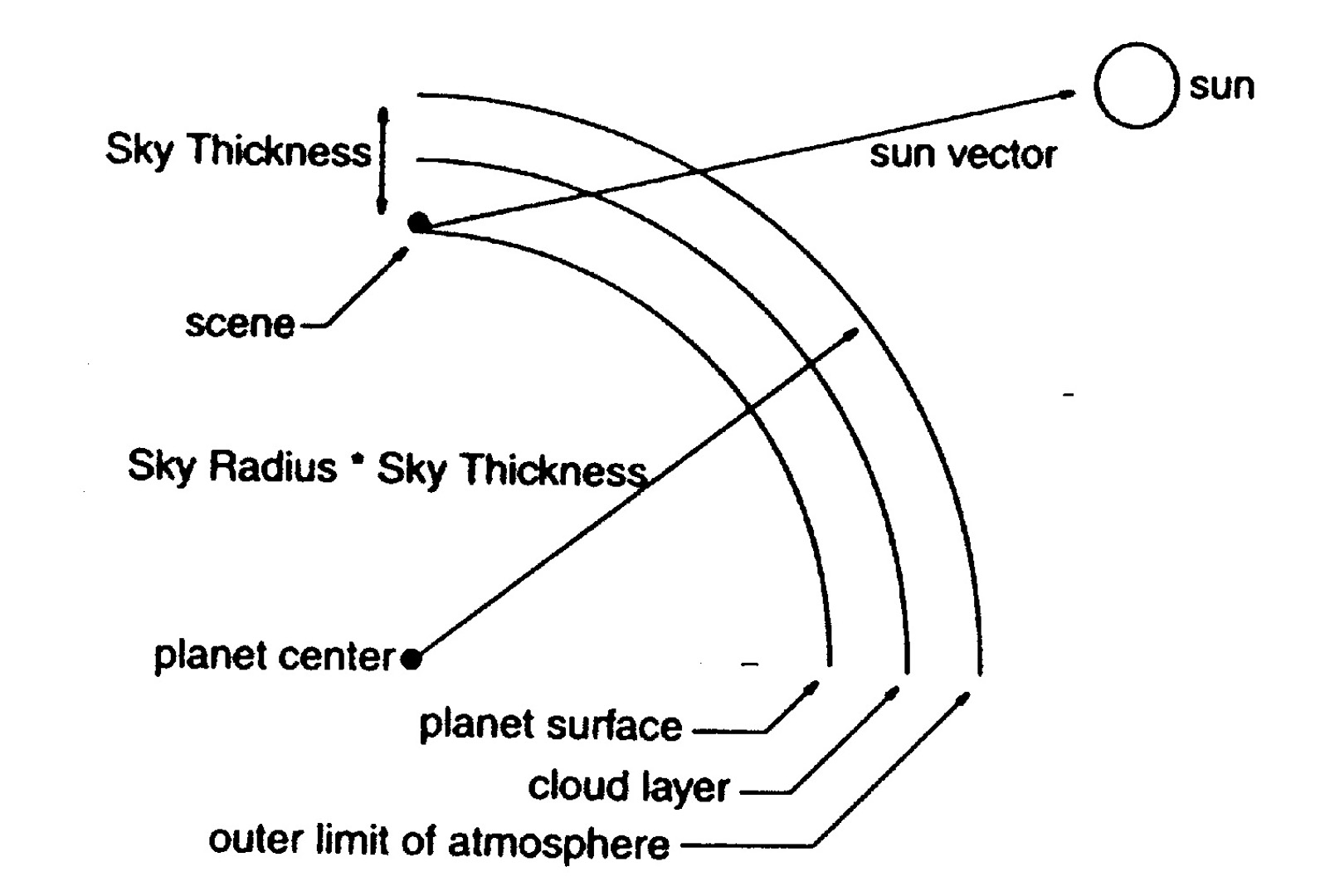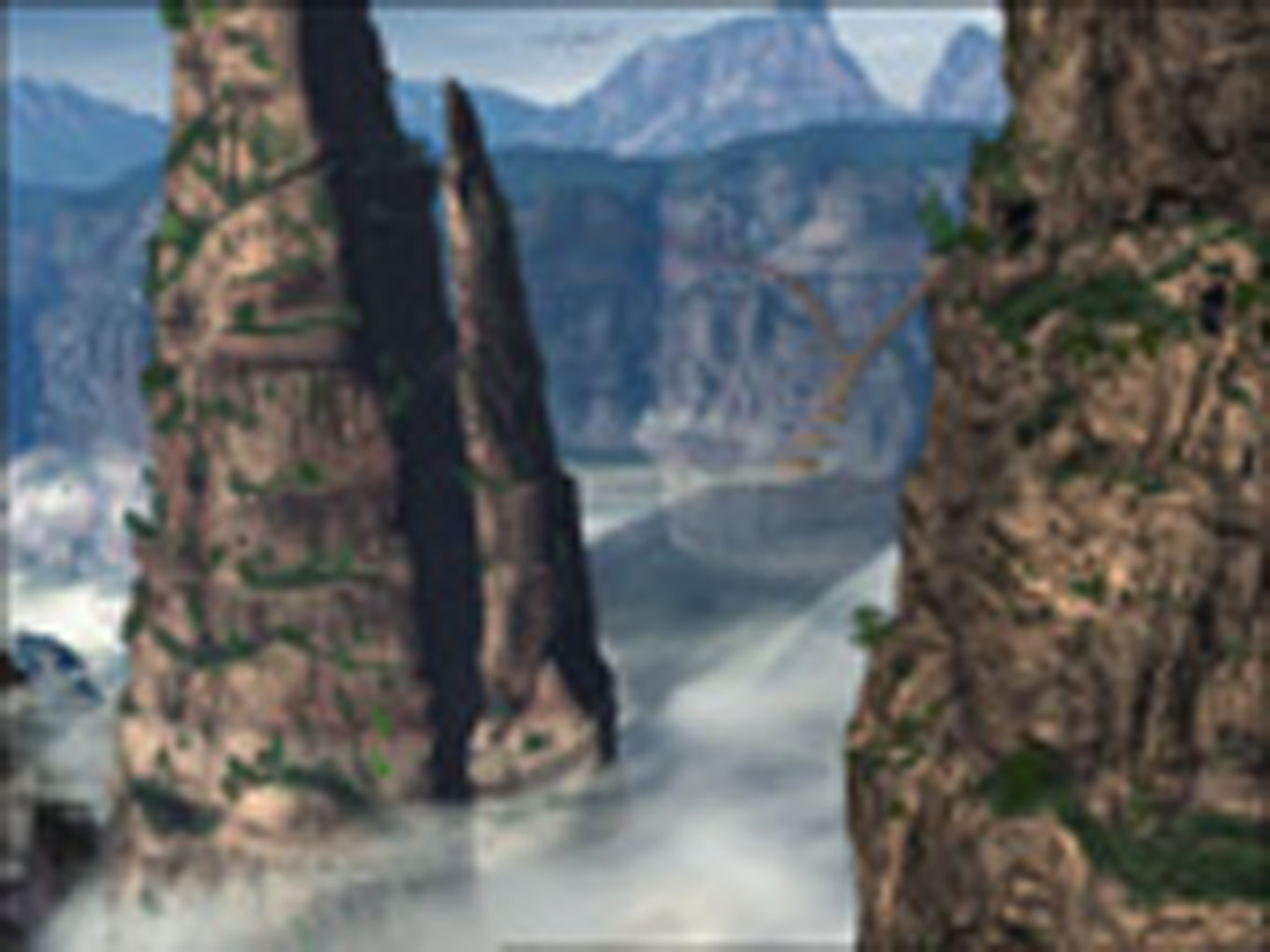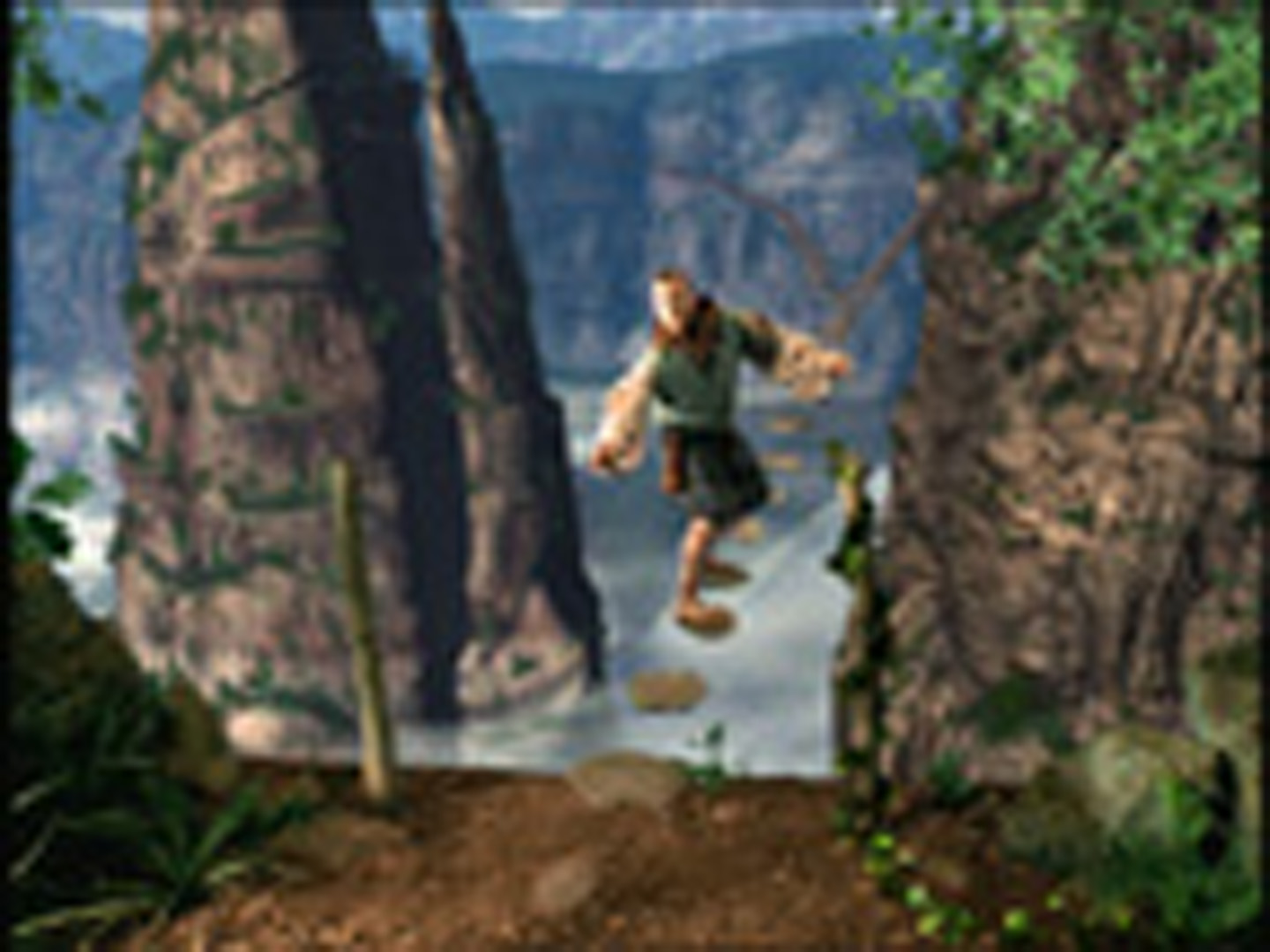“Leonardo and Lord of the Rings: Ray Tracing in the age of Renaissance” by Chapman
Conference:
Type(s):
Title:
- Leonardo and Lord of the Rings: Ray Tracing in the age of Renaissance
Presenter(s)/Author(s):
Abstract:
With the arrival of the Renaissance era (apx. 1400’s-1500’s), came a milestone that would forever change the techniques by which the artists of that era illustrated and depicted the world around them. Technology would now play a major role in the artistic expression of a realistic and accurate world. With the invention and refinement of scientific measurement devices, artists such as Michelangelo, Cennini and Leonardo da Vinci could validate their own perception with accurate dimensions and comparisons. Leonardo da Vinci was the master of establishing rules and techniques whereby scientific interpretation supported the Renaissance methodology. His guidelines led to more accurate representations of the world, and also allowed the artist to alter reality with the same precision and authority.
Computer graphics, as a modern addition to the traditional brush and canvas, use mathematics and programming to create, replicate and even distort our imagery much like the techniques of da Vinci helped in defining and depicting the Renaissance environment. But as they are two different eras with two distinct sets of tools, I find significant similarities and commonalties between the scientific principles and techniques used by da Vinci and the algorithms available to the computer artist. By examining the principles and techniques of painting developed by Leonardo da Vinci, and comparing them to the functions of popular computer graphics applications, I will demonstrate a strong correlation with the techniques of Renaissance art and modern computer graphics. Specifically, three concepts that serve to define our visual representation of the world; linear perspective, aerial perspective and color relationships. Techniques well defined by Leonardo da Vinci, and certainly applicable to modern computer graphic imagery, using the functionality of Maya (Alias-Wavefront) as the reference.












